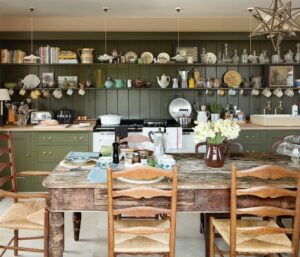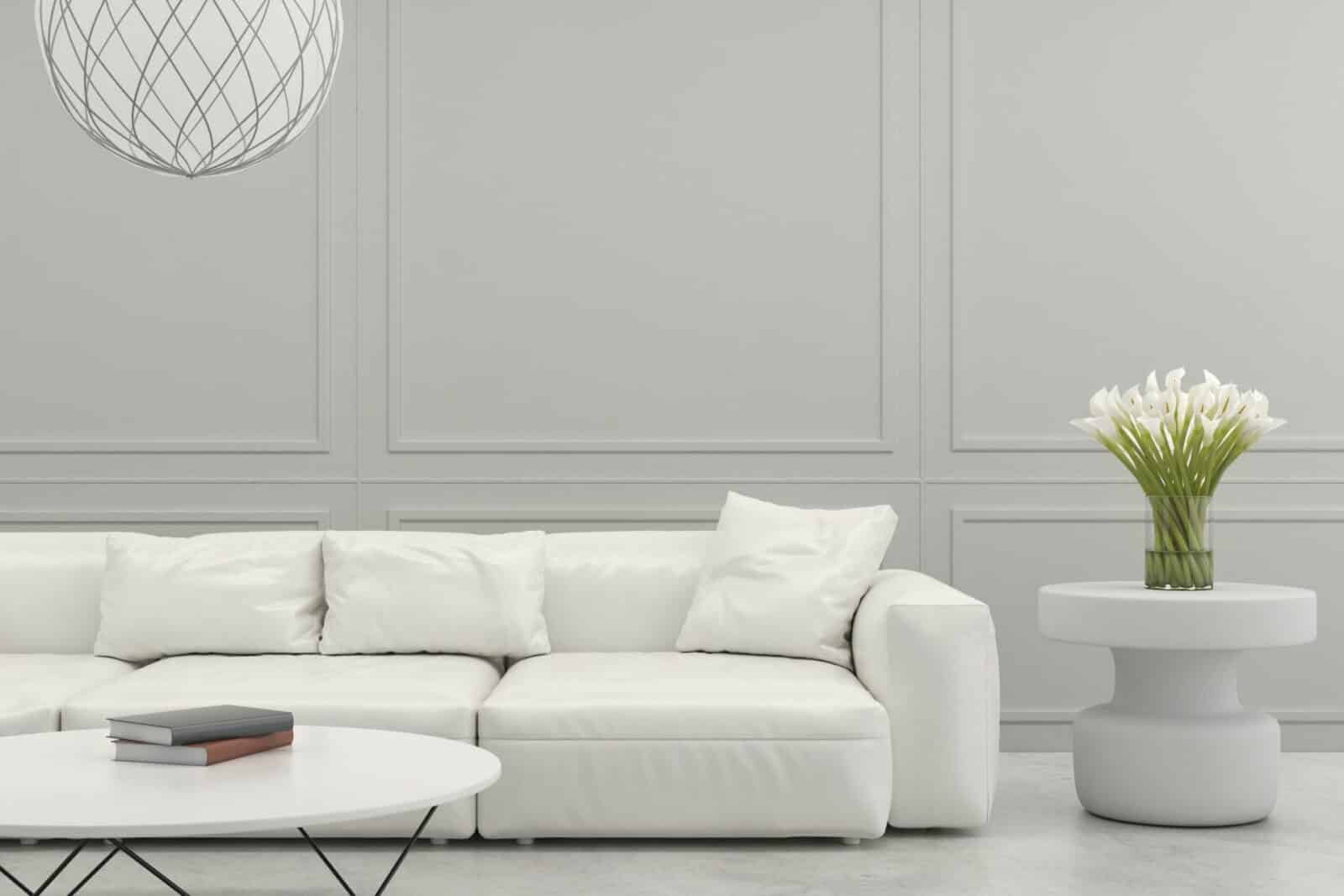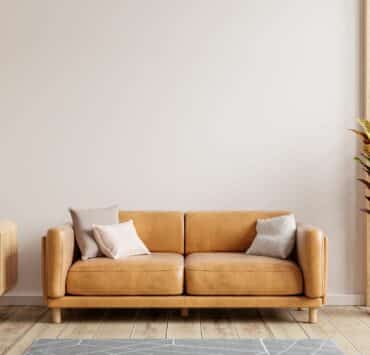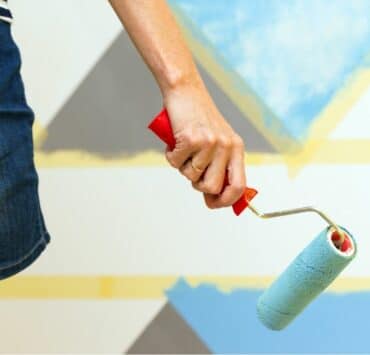Wainscoting, an age-old decorative wall treatment, has evolved from its functional origins of protecting walls to becoming a significant design element. While traditionally associated with vintage homes, today’s wainscoting styles fit seamlessly into both classic and contemporary settings. Here’s an exploration of ways to incorporate it into your living room.
Understanding the Basics
1. What is Wainscoting?
Essentially, wainscoting refers to decorative wooden paneling applied to the lower part of walls. It’s typically capped off with a chair rail.
2. Historical Roots
Originating in Europe, wainscoting initially served as insulation. Over time, it transitioned into a decorative feature, adding architectural interest.
Popular Wainscoting Styles for Living Rooms
1. Traditional Raised Panel
This style showcases raised panels framed by beveled edges, adding depth and character to walls.
2. Board and Batten
Defined by vertical wooden boards (battens), this style gives a room a rustic or farmhouse charm.
3. Beadboard
Featuring narrow wooden planks with interlocking “beads,” beadboard lends a casual, cottage-style appeal.
4. Modern Flat Panel
Sleek, minimalistic flat panels are perfect for contemporary settings. They’re a subtle nod to tradition with a modern twist.
5. Picture Frame Wainscoting
Essentially, rectangular frames are affixed to the wall, evoking the feel of traditional wainscoting without the paneling.
Choosing the Right Height
- Chair Rail Height: Commonly at one-third the wall height, this is perfect for spaces with regular ceiling heights.
- Taller Wainscoting: Ideal for rooms with high ceilings, this creates a dramatic visual impact.
- Full Wall Wainscoting: Covering the entire wall, this style blurs the lines between wall paneling and traditional wainscoting.
Incorporating Color & Texture
- Whites & Neutrals: Classic and timeless, they enhance the architectural detail.
- Bold Hues: Make a statement with dark blues, greens, or even blacks.
- Texture Play: Consider combining wainscoting with textured wallpapers above the chair rail for added dimension.
FAQs on Wainscoting in Living Rooms
Does wainscoting make a room look smaller?
No, when done right, wainscoting can actually enhance the room’s proportions. Lighter colors can make the space feel more expansive.
Is it necessary to have a chair rail?
While traditionally wainscoting is capped with a chair rail, modern designs sometimes forgo it for a streamlined look.
Can I install wainscoting on textured walls?
Yes, but it may require additional preparation like sanding or using a backer board.
How do I maintain and clean wainscoted walls?
A soft cloth and mild soapy water will suffice for most finishes. Ensure you dry the panels to avoid watermarks.
Conclusion
Incorporating wainscoting in living rooms introduces character, depth, and a touch of sophistication. Regardless of your décor style, there’s a wainscoting rendition that can elevate your interiors, proving that this age-old design element still holds strong in the world of contemporary décor.
Related posts:
 Aesthetic Vintage Farmhouse Kitchen Decorating Ideas For That Exudes A Rustic Vibe
Aesthetic Vintage Farmhouse Kitchen Decorating Ideas For That Exudes A Rustic Vibe
 Clever Storage Solutions: Small Kitchen Cabinets and the Best Ideas
Clever Storage Solutions: Small Kitchen Cabinets and the Best Ideas
 Cane Cabinets: An Interplay of Timelessness, Durability, and Versatility
Cane Cabinets: An Interplay of Timelessness, Durability, and Versatility
 Immerse Yourself in Luxury: Home Theater Design Ideas for an Unforgettable Entertainment Experience
Immerse Yourself in Luxury: Home Theater Design Ideas for an Unforgettable Entertainment Experience
 Vivid Visions: Wall Painting Designs & Ideas
Vivid Visions: Wall Painting Designs & Ideas



